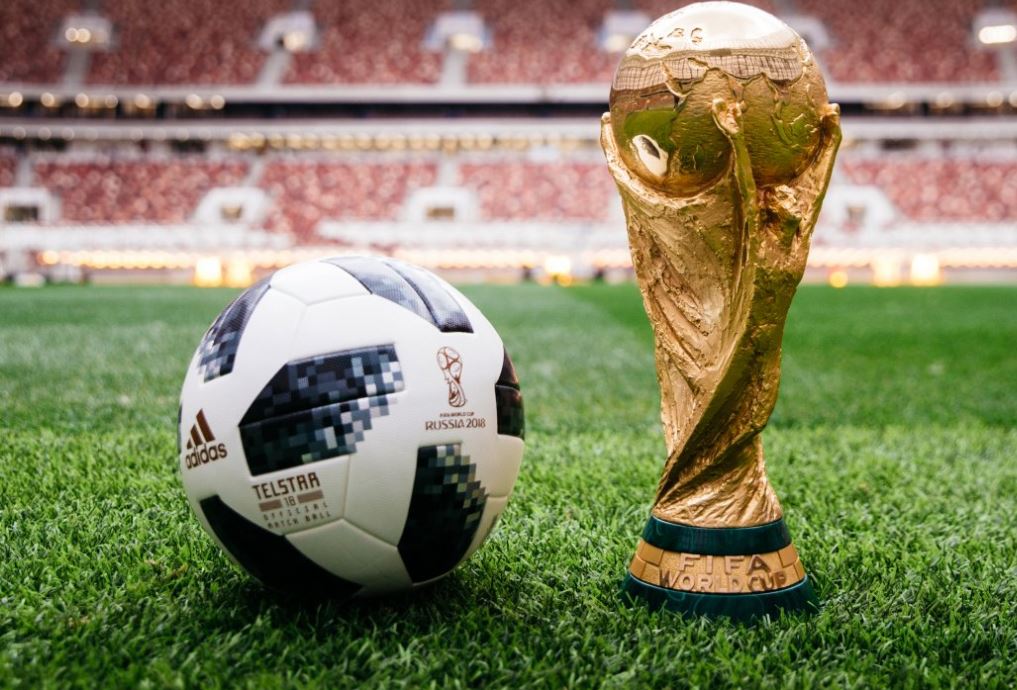INSUBCONTINENT EXCLUSIVE:
It was an opportunity that it seized with both hands as teams, the media and fans sung the praises of organisers and locals.For the Moscow
has helped it lay the foundations for future 5G tests in the capital.Ahead of the World Cup, Russian telcos invested 1.3 billion roubles
FIFA Fan Fests at Sparrow Hills and at Spartak Stadium.Mobile connectivity is an increasingly important part of the matchgoing experience as
fans look to share images and posts with friends via instant messaging and social networks
Stadium operators around the world have invested in Wi-Fi networks, which also allow them to collect more data on visitors, but mobile
operators are also improving coverage for their customers.Stadiums can be tricky to deliver better coverage because it involves supporting
tens of thousands of users in a single location while also coping with huge surges in demand during half-time.But mobile coverage is also
vital in negotiating a foreign country, especially one like Russia where few visitors will know Russian
Mapping applications are essential for getting around, while World Cup visitors noted the seemingly-ubiquitous use of Google Translate to
decipher signs, documents and restaurant menus.This is why train stations and public spaces are also a consideration for tournament
organisers.Mobile network upgradesAhead of the World Cup, Russian mobile operators deployed 1,300 cell towers, 55 mobile cell sites and 25km
of fibre to keep spectators connected
Maximum speeds reached 260Mbps with a more realistic average of between 20Mbps and 100Mbps with the Luzhinki Stadium supporting up to
150,000 simultaneous connections and Spartak Stadium 60,000.The single biggest peak was during the Russia v Croatia quarter-final, when
During the tournament, mobile users generated 144 petabytes of data.An interesting trend was the use of local SIMs
According to the Moscow Government, half of all visitors used pre-paid SIMs to access a Russian network, a figure which rises to 85 percent
to fans from South and Central America.Wi-Fi boostMoscow authorities also spent 830 million roubles on Wi-Fi infrastructure, adding 2,000
hotspots to its existing network of 30,000
The Moscow Government said the Wi-Fi network at the Luzhniki was powered by 420 hotspots and could support 84,000 visitors, while 200 were
deployed at the Spartak Stadium, supporting 45,000
An average speed of 7Mbps was three and a half times faster of what FIFA required.In total, 70,000 people accessed the Wi-Fi network in
Moscow and transmitted 9.5TB
The most popular applications were Instagram, WhatsApp, VK (A popular Russian communication application), YouTube and Facebook
Russian users accounted for nearly three quarters of connections, with the US, Canada, UK, Germany and France responsible for between 3 and
expected 30-35,000 visitors at FIFA Fan Fest Sparrow Hills, but during the first day 70,000 visitors arrived and it exceeded our
We had to scale up our networks to withstand a peaking load
from meeting existing connectivity demands, authorities also used the World Cup to trial some future technologies too
More than four thousand connected CCTV cameras were used in Moscow, with three video analytics zones trialling facial recognition software
to identify known hooligans.The government says 98 people were banned from entering venues through the use of its technology.And as ever,
Russian operator MTS and Ericsson held 5G demos during the tournament, while MegaFon worked with Huawei on its own trials.Now the World Cup
connectivity are becoming an essential part of attending events and visiting other countries.The first commercial 5G services are set to go
live later this year and by the time of the next World Cup in Qatar in 2022, there will be lose to three quarters of a billion 5G
connections, according to CCS Insight.

